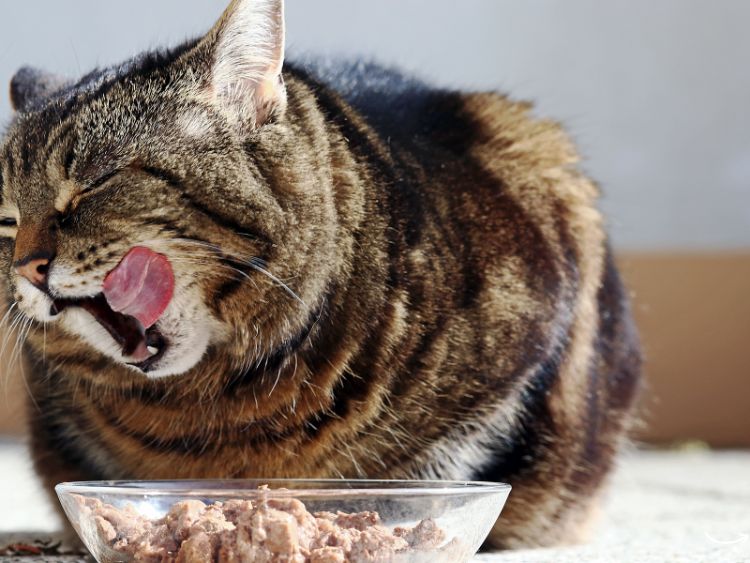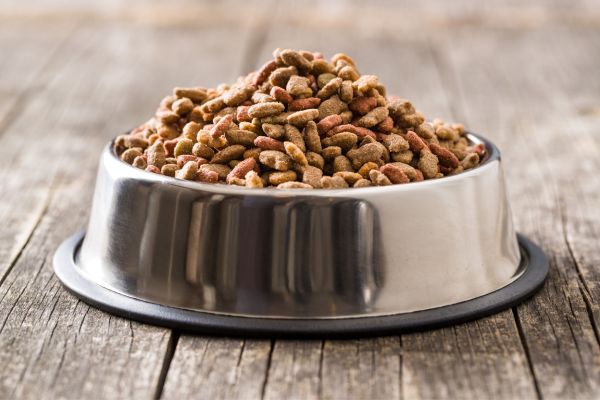Ever wondered where to find the best food for your furry friends? Look no further than the family pet food center! It’s the ultimate destination for all your pet’s dietary needs, ensuring they get the right nutrition to lead healthy and happy lives. In this article, we’ll explore everything you need to know about a family pet food center, from selecting the best products to understanding your pet’s nutritional requirements. Let’s dive in!
Why Choose a Family Pet Food Center?
Choosing a family pet food center over a regular store has its perks. For starters, these centers are specifically designed to cater to the dietary needs of pets. They offer a wide range of products, including specialized diets for different breeds, ages, and health conditions.
Variety of Products
One of the key benefits of a family pet food center is the variety of products available. From premium kibble to raw food diets, these centers have it all. Here’s what you can typically find:
- Dry Food: Convenient and long-lasting, perfect for everyday feeding.
- Wet Food: Great for hydration and added flavor, ideal for picky eaters.
- Raw Diets: Mimicking a natural diet, raw food can be beneficial for many pets.
- Specialty Diets: Tailored for specific health conditions like allergies or obesity.
- Treats and Supplements: For training, rewards, and additional nutritional support.
Expert Advice
Family pet food centers often have knowledgeable staff who can provide expert advice on pet nutrition. They can help you choose the right food based on your pet’s breed, age, and health condition.
Understanding Pet Nutrition
Pets, like humans, need a balanced diet to thrive. Understanding their nutritional needs is crucial for their overall well-being. Here are some basics:
Macronutrients
- Protein: Essential for growth, muscle maintenance, and overall health.
- Fats: Provide energy and support cell function.
- Carbohydrates: Important for energy, though not always necessary in large amounts for all pets.
Micronutrients
- Vitamins: Necessary for various bodily functions, including immune support and bone health.
- Minerals: Crucial for metabolic processes and structural support.
How to Choose the Right Food for Your Pet
Selecting the right food can be overwhelming with so many options available. Here are some tips to make the process easier:
Consider Your Pet’s Age
- Puppies/Kittens: Require higher protein and calorie intake.
- Adult Pets: Need a balanced diet to maintain health and energy levels.
- Senior Pets: May benefit from diets lower in calories and higher in fiber.
Health Conditions
Pets with specific health issues may require special diets. For example:
- Allergies: Hypoallergenic or limited ingredient diets.
- Obesity: Low-calorie, high-fiber diets to promote weight loss.
- Kidney Issues: Diets low in protein and phosphorus.
Ingredient Quality
Always check the ingredient list. High-quality pet food typically lists meat as the first ingredient and avoids fillers like corn and soy.
Benefits of Shopping at a Family Pet Food Center
There are numerous advantages to shopping at a dedicated pet food center:
Personalized Service
Staff at family pet food centers are usually pet owners themselves and understand the importance of good nutrition. They can offer personalized recommendations based on your pet’s unique needs.
Exclusive Products
Family pet food centers often carry exclusive brands and specialty products not available at regular grocery stores. This includes organic, grain-free, and exotic protein options.
Community and Support
Shopping at a family pet food center helps support local businesses and creates a sense of community. Many centers also offer events, loyalty programs, and educational workshops.
FAQs
What should I look for in a quality pet food?
Look for high-quality ingredients, such as real meat, vegetables, and fruits. Avoid foods with artificial preservatives, colors, and flavors. Ensure the food meets AAFCO standards for complete and balanced nutrition.
How often should I feed my pet?
Feeding frequency depends on your pet’s age, breed, and activity level. Generally, puppies and kittens need to be fed 3-4 times a day, while adult pets can be fed 1-2 times a day.
Can I switch my pet’s food abruptly?
It’s best to transition gradually over 7-10 days to avoid digestive upset. Mix increasing amounts of the new food with the old food until fully transitioned.
Are raw diets safe for pets?
Raw diets can be safe and beneficial if properly prepared and handled. Consult with your veterinarian to ensure it meets your pet’s nutritional needs.
How can I tell if my pet is allergic to their food?
Common signs of food allergies include itching, ear infections, digestive issues, and skin problems. If you suspect a food allergy, consult with your veterinarian for an appropriate diet plan.
Conclusion
Choosing the right food for your pet is crucial for their health and happiness. A family pet food center offers a variety of high-quality products and expert advice to help you make the best choice. Remember to consider your pet’s age, health conditions, and nutritional needs when selecting their food. With the right diet, your furry friend will thrive and enjoy a long, healthy life.
In summary, shopping at a family pet food center provides numerous benefits, including access to specialized products, personalized service, and a supportive community. By understanding your pet’s nutritional needs and choosing the right food, you can ensure they receive the best care possible. Happy pet parenting!



